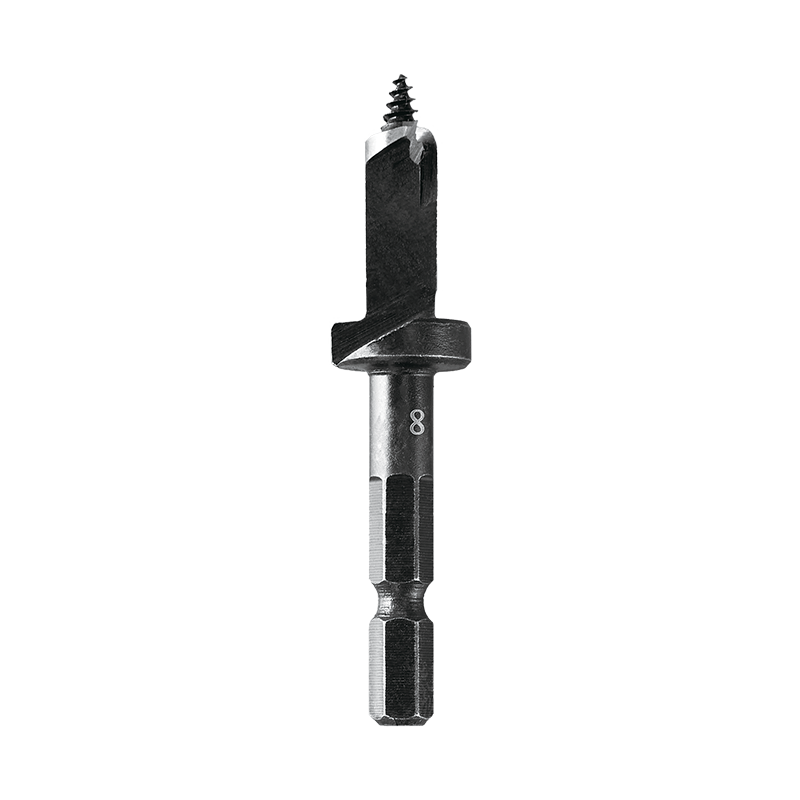Don't hesitate to send a message
I. Introduction: Solving the "Impossible" Task The phrase "fitting a square peg into a round hole" is a universal symbol...
READ MORE| Bit Type | Main Substrate | Typical Cost | Expected Service Life |
| HSS drilling bits | General metal (mild steel, aluminium) | Low | Moderate |
| Carbide tip drilling bits | Concrete, masonry, hard aggregate | Medium | High |
| Heat treated drilling bits | Stainless steel, high alloy steel | Medium‑High | High |
| Precision drilling bits set | Industrial production holes | High | Very High |
| Eco‑friendly drilling bits with long life coating | Various substrates, focus on efficiency | Medium‑High | Very High |

I. Introduction: Solving the "Impossible" Task The phrase "fitting a square peg into a round hole" is a universal symbol...
READ MOREMetalworking has always been a cornerstone of industrial development, shaping everything from automotive components to a...
READ MORE1. What Are Waterpump Pliers? – The Flexible “All-Rounder” Tool In modern industrial manufacturing and daily maintenance...
READ MORESelecting the appropriate industrial cutting tools is a critical decision that directly impacts manufacturing efficiency...
READ MORE+86-573-84611229
+86-573-84611518
NO.35 Yucao Road, Ganyao Town, Jiashan City, Zhejiang Province, China
